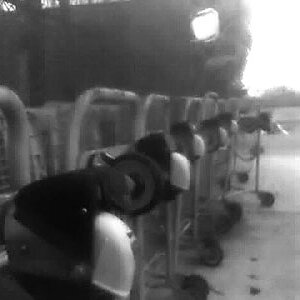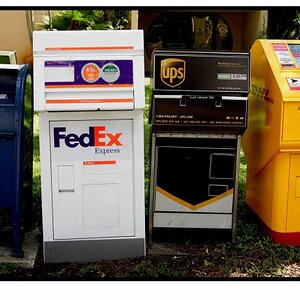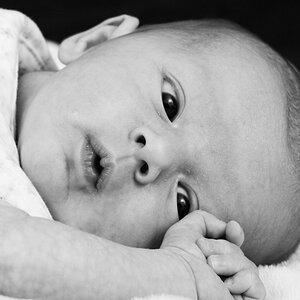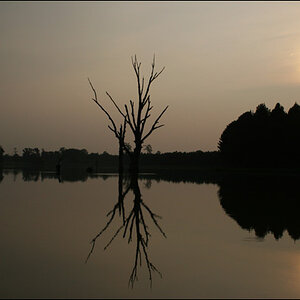OnTheFly7
No longer a newbie, moving up!
I am looking at a couple of prime lenses (35mm, 50mm and 85mm) and am contemplating either the F/1.8 or F/1.4.
For those who have used both, is the difference between the two drastic enough to warrant spending the extra money (which seems to average around $1k per lens)? I know both lenses are getting great reviews. Some say the 1.4 is much better, others have said the 1.8 is very good and there is no need to move into the 1.4.
Your thoughts are appreciated!
For those who have used both, is the difference between the two drastic enough to warrant spending the extra money (which seems to average around $1k per lens)? I know both lenses are getting great reviews. Some say the 1.4 is much better, others have said the 1.8 is very good and there is no need to move into the 1.4.
Your thoughts are appreciated!


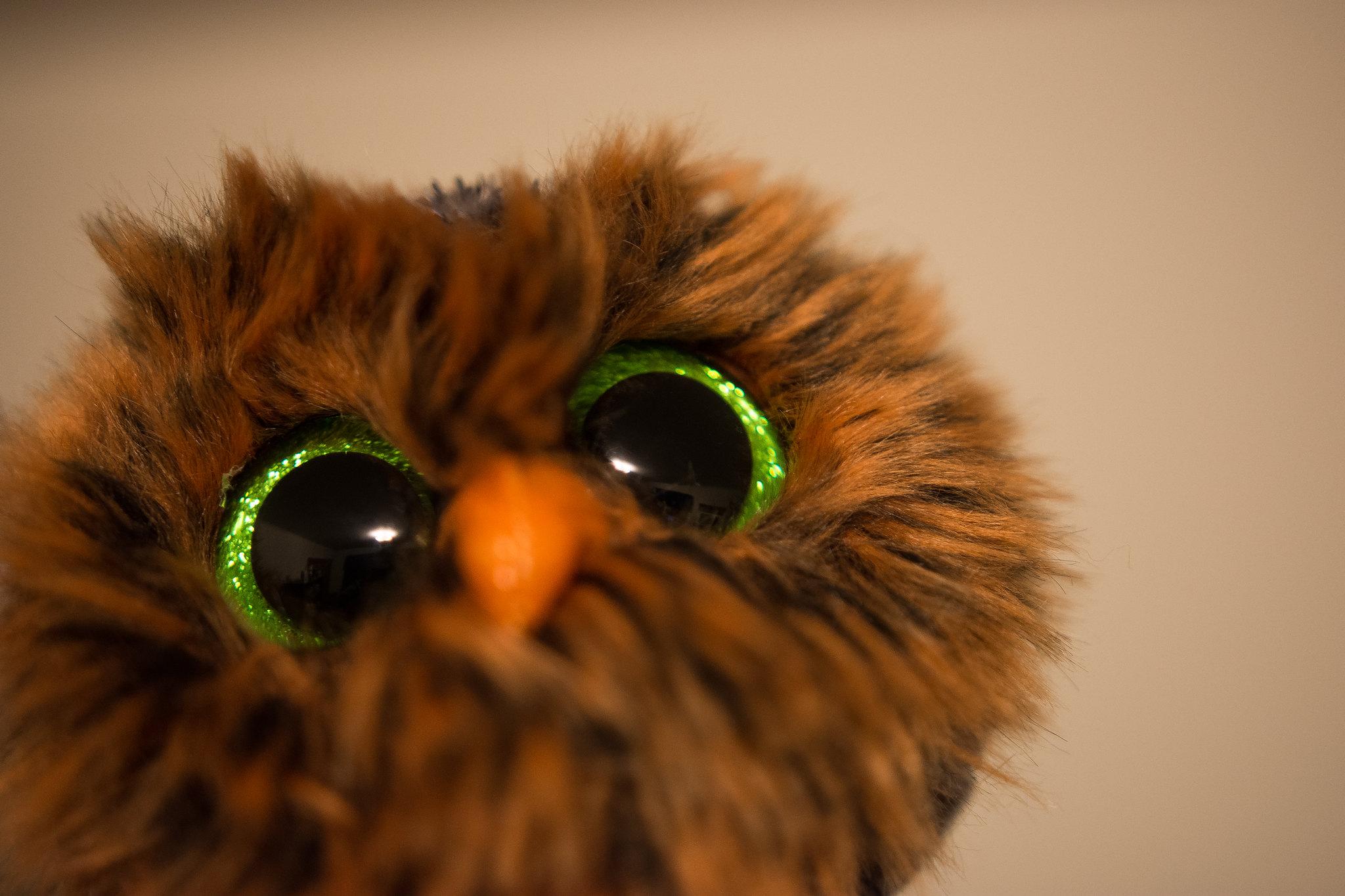 20151208-DSC_5501
20151208-DSC_5501
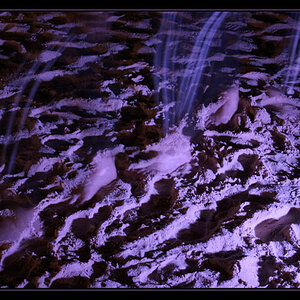
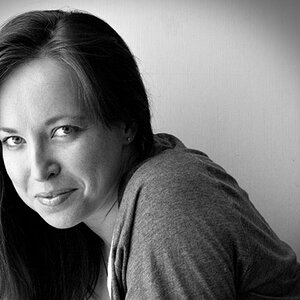
![[No title]](/data/xfmg/thumbnail/42/42329-331b54ea6493a8cdd21d8e624fe97e85.jpg?1619740129)
![[No title]](/data/xfmg/thumbnail/42/42327-560f11a37bb209e9091c0fc9e1028cdc.jpg?1619740128)
![[No title]](/data/xfmg/thumbnail/41/41797-ed370d68dae70f5b0a7252ec2d525912.jpg?1619739896)

